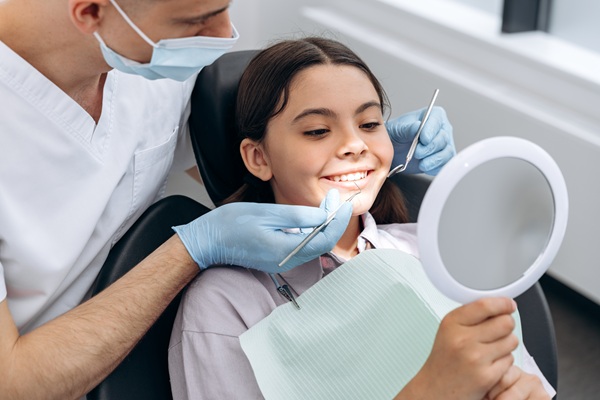Periodontal Disease: Causes and Treatments

Periodontal disease is the latter stage of gum disease. It is often the result of failing to get the necessary treatments during the early stages of this oral condition.
The first stage of gum disease is called gingivitis, and it is completely reversible. Gingivitis can actually be reversed without a visit to the dentist. If caught early enough, improved oral hygiene and a few home remedies should be enough to stop it in its tracks.
Periodontitis is a type of gum infection, and it can destroy the bones and soft tissue that support a person's teeth. It is a common dental issue despite the fact that it can be easily prevented. It does not take much to keep periodontal disease at bay, either. Good oral hygiene is normally enough.
How periodontal disease occurs
Gum disease is caused by the same oral bacteria that lead to bad breath and cavities. These bacteria feast on food particles forming a sticky film called plaque. They also produce acids that eat away at teeth.
When a person fails to take proper care of their teeth by not practicing good oral hygiene and visiting a dentist twice a year, these organisms get to stay on teeth surfaces for prolonged periods. This can lead to plaque making its way beneath the gumline. When this occurs, the bacteria can infect the gums.
This leads to the body sending antibodies to attack the bacteria, which then causes inflammation of the gums as well as many other issues. The symptoms of periodontal disease include:
- Red or purple gums
- Bleeding gums
- Tender or sore gums
- Swollen gums
- New spaces developing between teeth
- Loose teeth
- Unpleasant breath
- Pus coming from the gums or teeth
- Receding gums
- Pain when chewing
- A change in teeth alignment
Treating periodontal disease
Once a patient has been properly diagnosed with periodontitis, the dentist will recommend treatment options. These include non-surgical options like:
Scaling
The dentist removes tartar and bacteria from underneath the gums and teeth surfaces. The procedure can be performed using metal tools, an ultrasonic device or a laser.
Root planing
During this procedure, teeth roots are smoothed out to discourage the buildup of bacteria and tartar after the areas have been cleaned.
Antibiotics
A dentist might prescribe antibiotics to combat the infection. Topical antibiotics like antiseptic rinses and gels, or oral pills can be used.
Pocket reduction
During the procedure, gum flaps are lifted backward so that teeth roots can be properly cleaned with scaling and planing. The bone supporting teeth might also be recontoured if necessary.
Bone grafts
If the patient's jawbone structure has been damaged by periodontal disease, bone grafts may be performed.
Other surgical treatments used to treat periodontal disease include soft tissue grafts, tissue stimulation with proteins and tissue regeneration.
Periodontal disease can be effectively managed
While periodontal disease cannot be reversed like gingivitis, it can be managed with proper treatment and medication. Dealing with gum disease? Stop by our Glendale office for an evaluation.
Request an appointment here: https://clarisseatakhaniandds.com or call Clarisse Atakhanian DDS Inc. at (818) 483-9071 for an appointment in our Glendale office.
Check out what others are saying about our services on Yelp: Read our Yelp reviews.
Recent Posts
We provide periodontics care in Glendale that can both prevent and treat gum disease. While we treat patients of all ages and in all stages of health, pregnant women have a particularly unique reason to visit our office – the health of their unborn baby. If you are pregnant and unclear of the connection, we…
A full mouth reconstruction is a set of dental procedures designed to address multiple oral health and cosmetic concerns. One major component of many full mouth reconstructions is teeth replacement. This review offers insights into why and when dentists recommend dentures as a part of full mouth reconstruction. Dentures offer many advantages that other teeth replacement…
Tooth sealants are essential for protecting natural teeth from decay and damage. Dentists apply these thin, protective coatings to the chewing surfaces of your molars and premolars. While tooth sealants are particularly effective for children and teenagers, they can also benefit adult patients seeking extra protection against tooth decay. By providing an additional layer of…
Need a restorative dentist? Do you have an awkward smile? Have you been told by friends and family that your teeth need some attention? If so, don't worry! Many dentists can help. One option is to see a dentist who offers restorative treaetments. This type of dentistry will provide the best options for restoring your…


